Gordion Furniture Project

The excavations of Rodney Young uncovered an exceptional collection of Phrygian furniture and wooden objects from the City Mound and three royal tombs at Gordion. Excavated between 1956 and 1959, Tumulus W, Tumulus P, and Tumulus MM (mid-ninth to later eighth century BCE) produced an unparalleled group of wood finds, including at least 50 pieces of fine furniture and more than 70 small objects. These included tables, serving stands, stools, a bed, and a log coffin, as well as plates, bowls, spoons, a parasol, and eleven small animals, considered to be among the most charming of the Gordion finds.
Much of the wood was in unusually good condition, due to the dry and relatively stable conditions that had prevailed inside the tomb chambers. The pieces were elaborately carved, and some of the furniture was inlaid profusely or studded with bronze tacks.
The design of the furniture was highly imaginative, unlike that of any other ancient furniture known. The collection is now recognized as the most important group of well preserved wooden artifacts ever recovered from the ancient Near East.
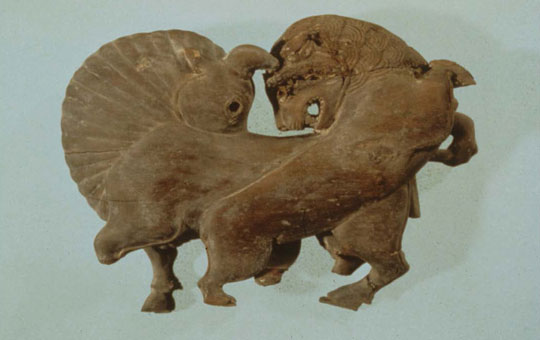
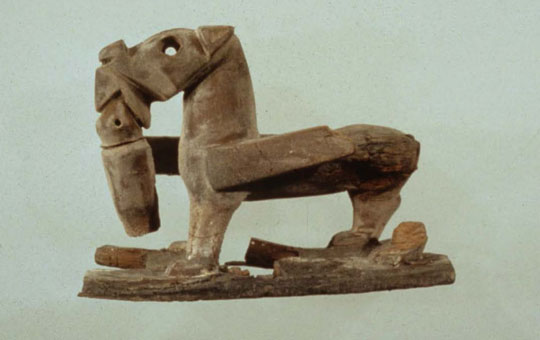
The Rescue Project (1981-2007)
Since 1981, the study and conservation of the Gordion wood has been carried out in the Museum of Anatolian Civilizations, Ankara, by an international team of more than forty conservators, scientists, artists, and graduate interns, directed by Dr. Elizabeth Simpson and with Professor Krysia Spirydowicz as Head Conservator. In order to conserve the wood, its surface was first cleaned. In most cases, the wood was then consolidated under vacuum in a solution of polyvinyl butyral (Butvar B-98), dissolved in a mixture of solvents. After slow drying, excess consolidant was removed from the surface, and final repairs were made. The methods developed and refined by the Gordion Furniture Project team are now considered standard for the conservation of dry archaeological wood.’
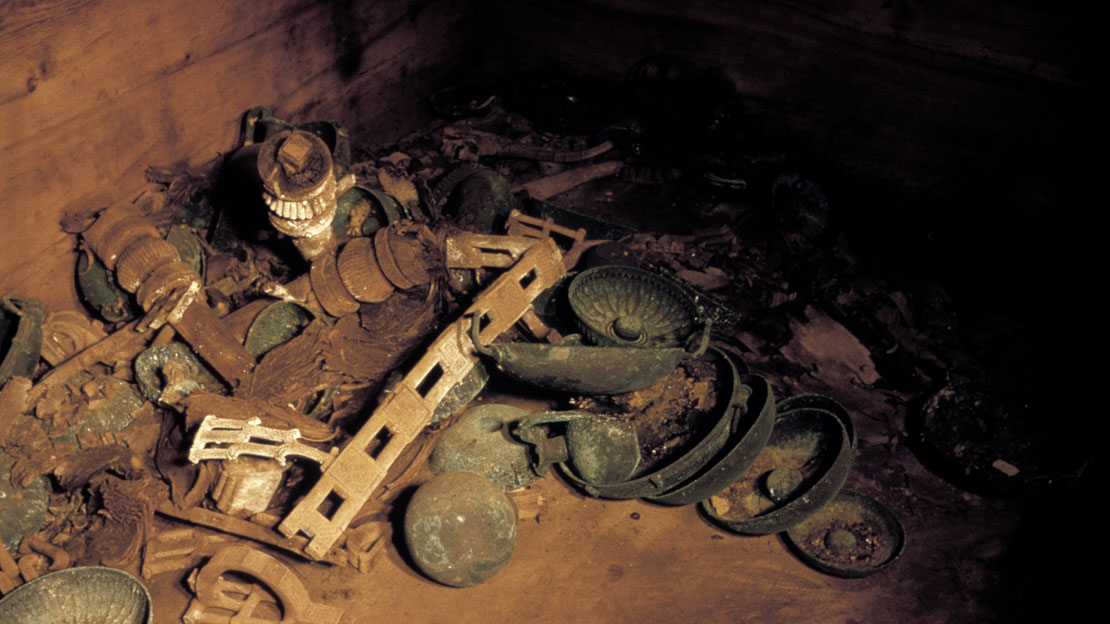
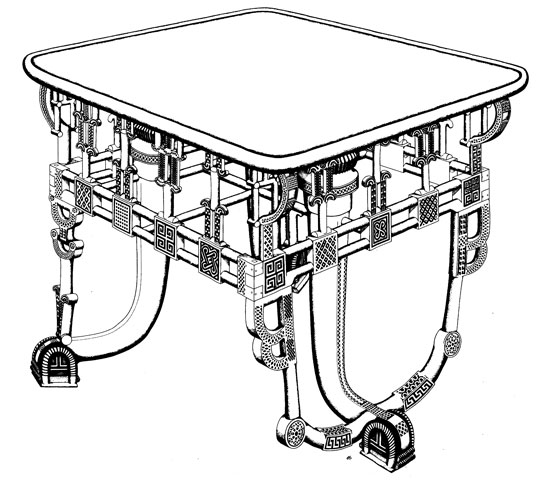
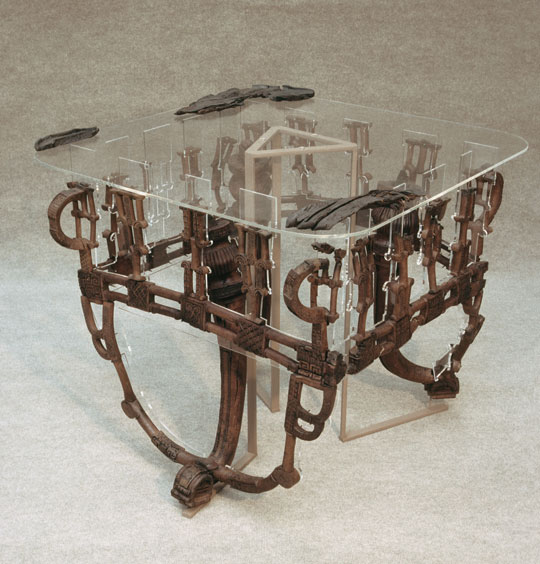
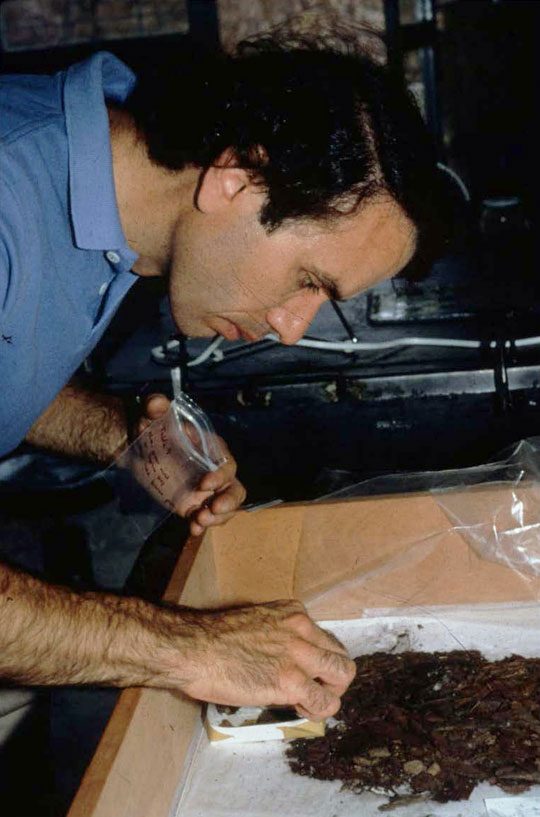
Reconstruction, Display, and Storage
After conservation, the wood was quite strong and could be studied, drawn, photographed, and put on display. Now on exhibition in the Museum of Anatolian Civilizations, Ankara, are many small objects as well as four large pieces of furniture. The inlaid table and two serving stands from Tumulus MM and the inlaid, studded stool from Tumulus P have been reassembled on Plexiglas mounts. In 1997, new display cases were made for these objects, designed and constructed by MOB Mobilya Dekorasyon A.Ş., Ankara. Those objects not on display have been placed in safe storage in the Museum of Anatolian Civilizations. These are housed in custom-made steel storage cabinets made by Delta Designs, Ltd., Topeka, Kansas, and shipped to Ankara. The surface of the cabinets is finished with a non-reactive coating. The drawers are lined with a stable foam material, cut to conform to the shape of the pieces and covered with a moisture-permeable Gore-tex sheet.
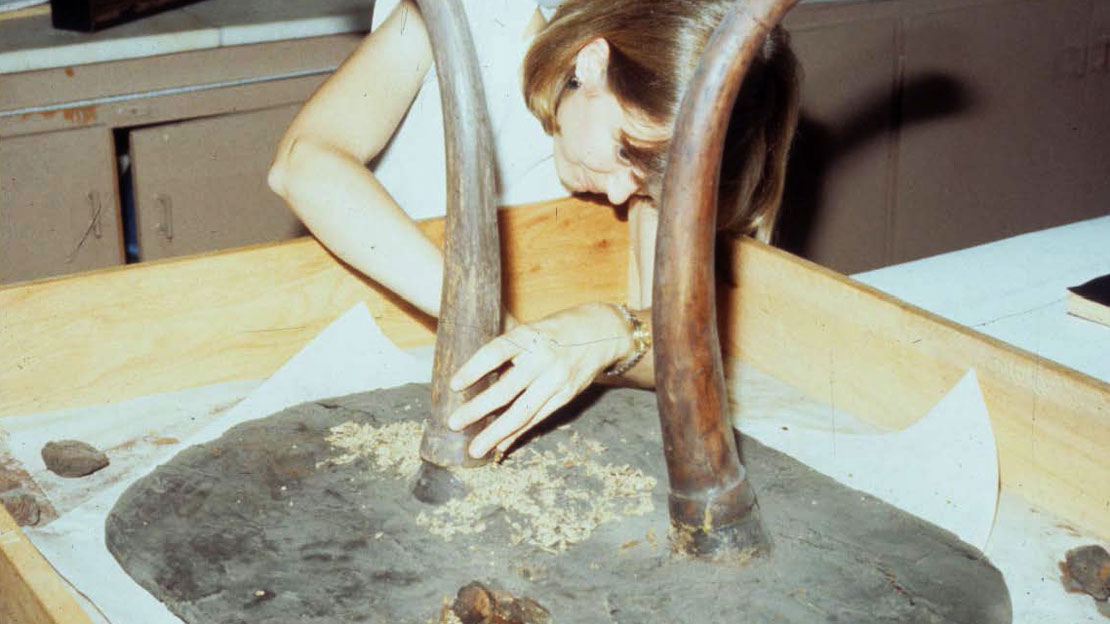
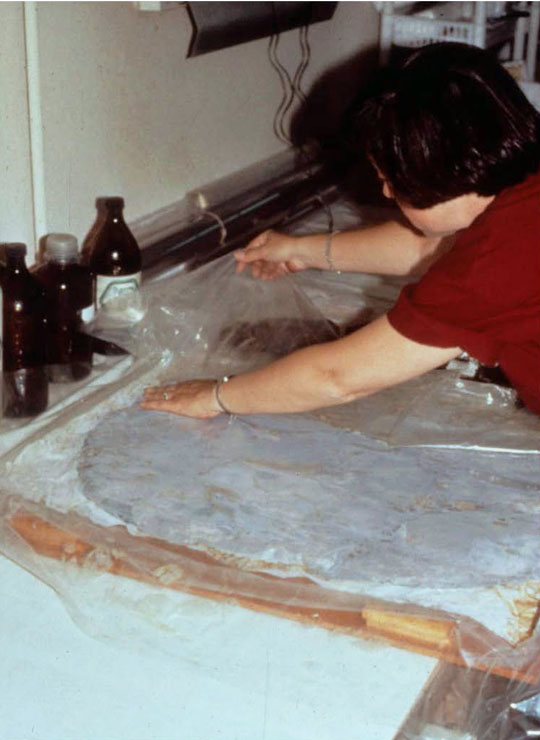
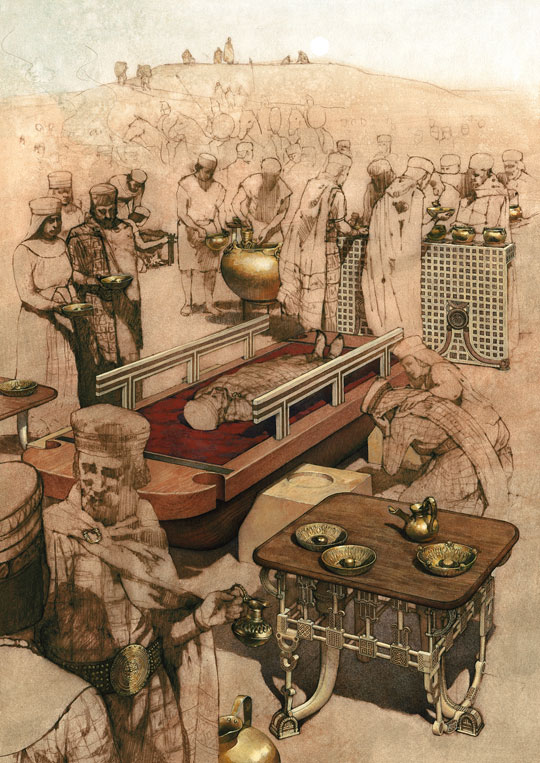
Scientific Research and Analysis
A wood species analysis has identified the woods used for the Gordion wooden artifacts, which include boxwood, juniper, walnut, yew, and oak, as well as cedar and pine for the Tumulus MM coffin. A wood pathology analysis (Department of Plant Pathology, University of Minnesota) has revealed important new information on the deterioration processes in ancient wood.
An analysis of the textiles associated with the Gordion furniture is being conducted at the Museum Conservation Institute, Smithsonian Institution, Washington, D.C. Study of the tools and techniques used by the Phrygian cabinetmakers has also made a significant contribution. In one example, the Tumulus W plates have yielded the earliest evidence for the use of the lathe from a securely dated archaeological context. Comparative research has situated the Gordion woodworkers within their wider geographical context, indicating that several unusual techniques were actually common practice, attested as far east as Siberia, and as far west as Etruria. These scientific and technical studies, in combination with stylistic analysis, have revolutionized our understanding of ancient woodworking.
Scientists have analyzed the food and drink residues found in vessels from the Tumulus MM burial. Based on the results, we were able to understand the way that the furniture was used with the bronze vessels, and to reconstruct the menu of the king’s funerary banquet. The guests at the funeral ate a spicy stew containing legumes and barbecued lamb or goat, and drank a mixed fermented beverage made of grape wine, barley beer, and honey mead. The “Midas Feast” was recreated at the University of Pennsylvania Museum in 2000, with the mixed fermented beverage made by Dogfish Head Brewery.
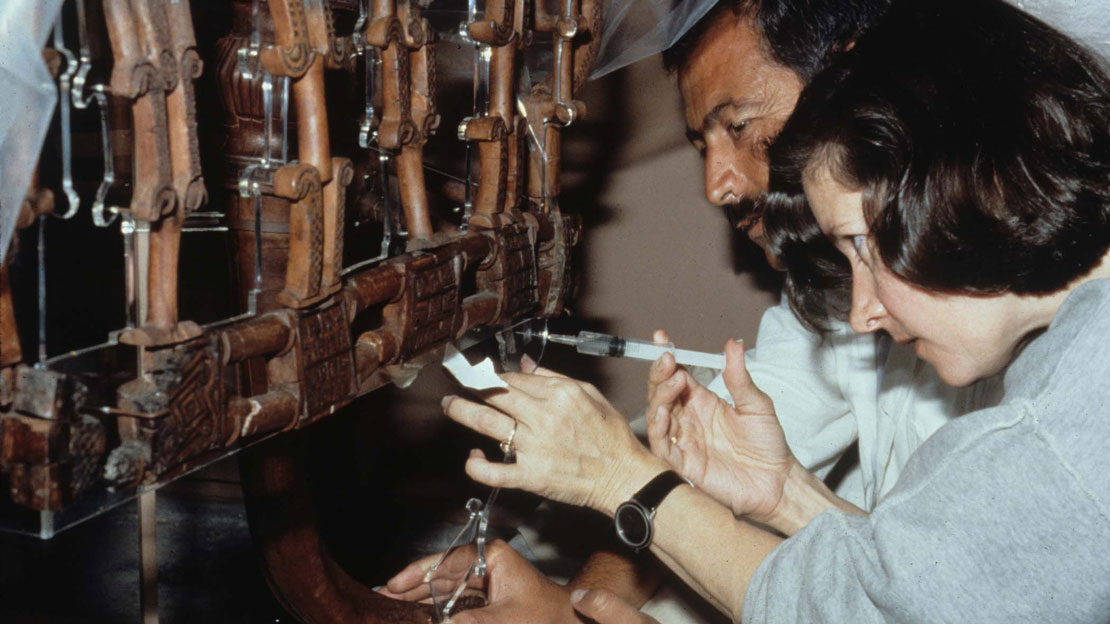
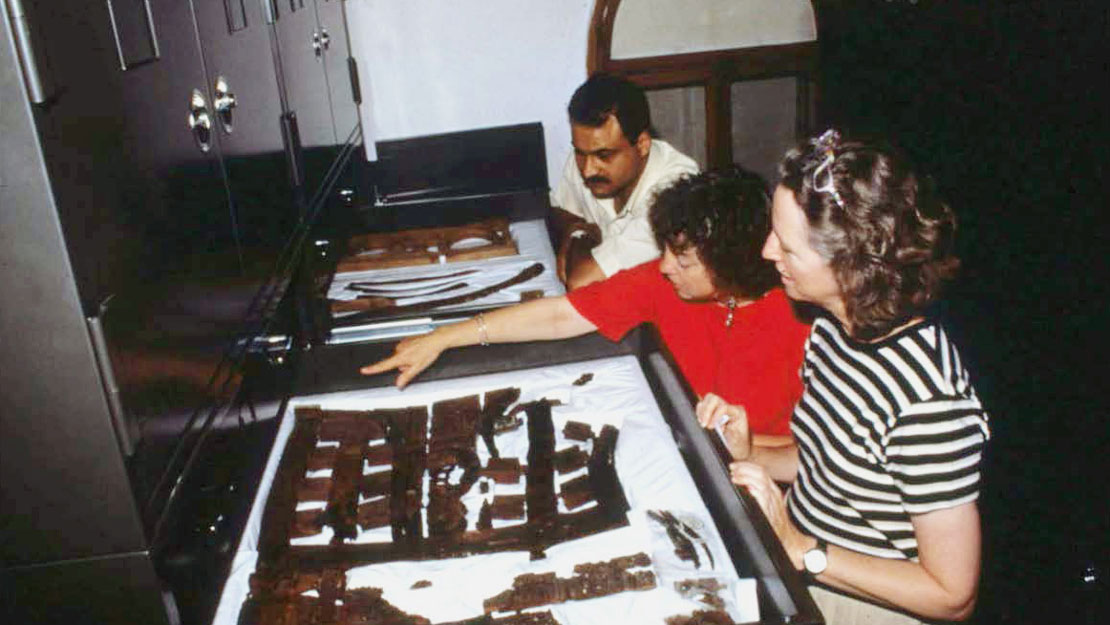
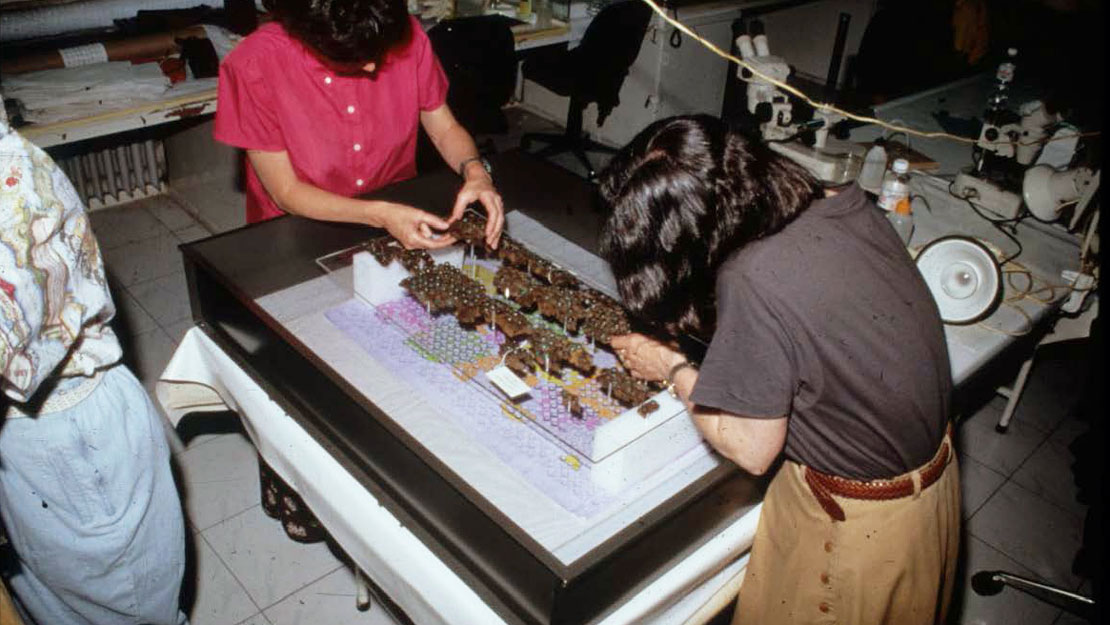
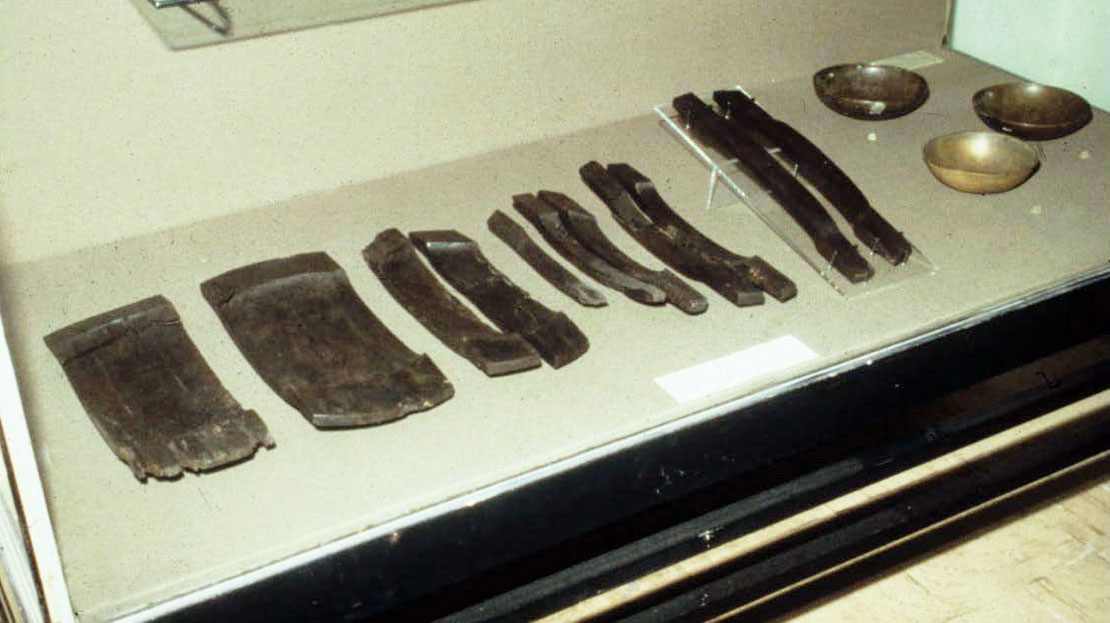
Further reading
- McGovern, P., D. Glusker, R. Moreau, A. Nuñez, C. Beck, E. Simpson, E. Butrym, L. Exner, and E. Stout. 1999. “A Funerary Feast Fit for King Midas,” Nature 402 (Dec. 23), pp. 863-64.
- Simpson, E. and K. Spirydowicz. 1999. Gordion Wooden Furniture: The Study, Conservation and Reconstruction of the Furniture and Wooden Objects from Gordion, 1981-1998, Ankara.
- Spirydowicz, K. 1996. “The Conservation of Ancient Phrygian Furniture from Gordion, Turkey,” in Archaeological Conservation and Its Consequences, ed. A.Roy et al., London, pp. 166-171.

